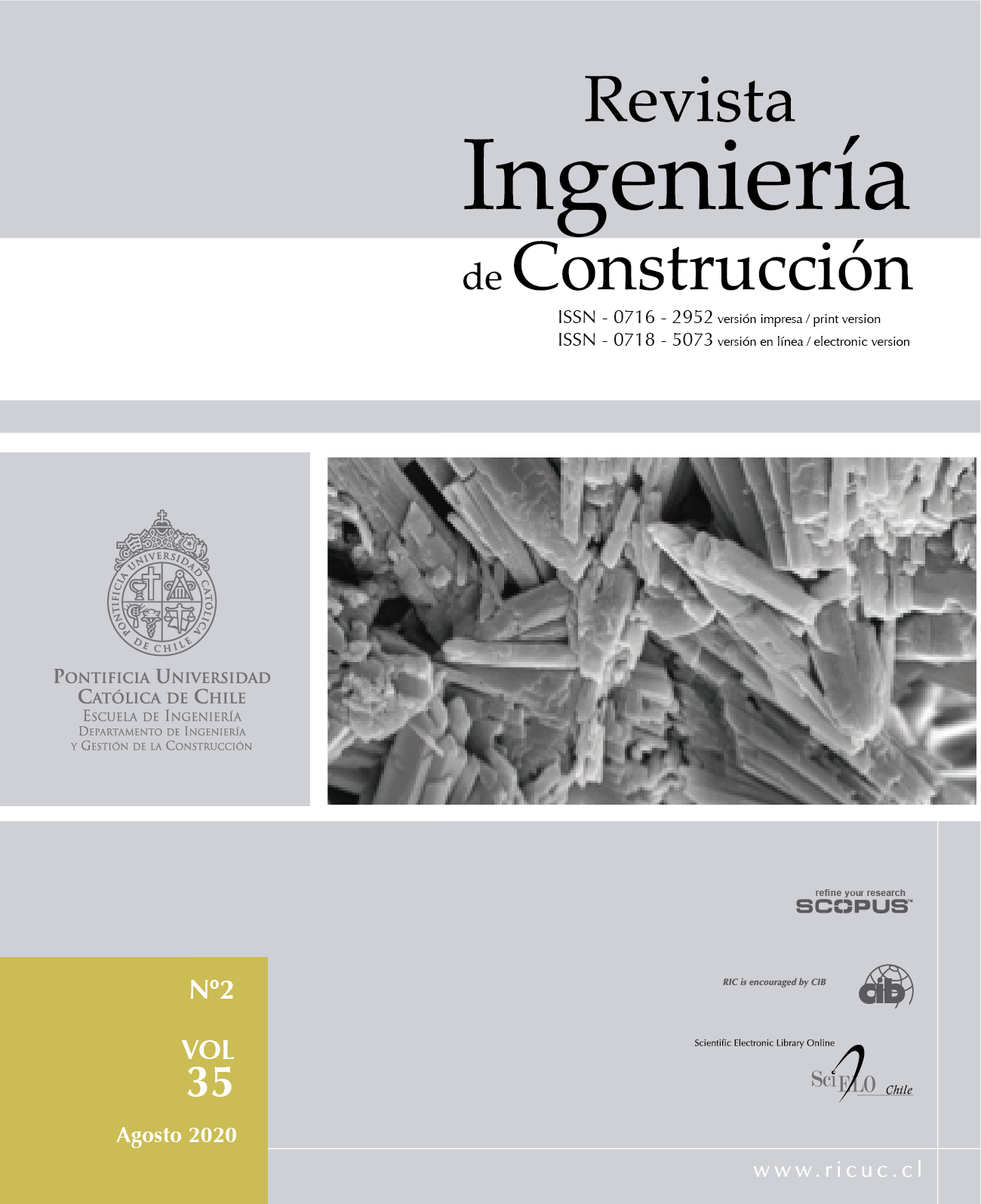Finite Element Analysis of CFRP- Reinforced Concrete Beams
Keywords:
FEM (Finite Element Method); CFRP (Carbon Fiber Reinforced Polymer); Behavior; Flexure; BeamAbstract
This study concerns with flexural behavior of RC beams strengthened by carbon fiber reinforced polymer (CFRP) using finite element method (FEM). ABAQUS program has been used in this research. The load-deflection relationship, crack pattern, strain in the concrete at mid-span section of the beam and failure modes of all tested beams are studied. After validation of FEM model, parametric studies are presented to assess the effect of the compressive strength of concrete, thickness, and length of CFRP, and the presence of CFRP on stress in steel bars. From the current results, it can be obtained that the flexural capacity of RC beams strengthened with CFRP increased by 6.6% for beam strengthed by EBR and to 108.8% for beam strengthed by near surface mounted (NSM) compared to the reference beams. According to parametric studies, it is found that by increasing the compressive strength of concrete from 30 MPa to 70 MPa, the beam capacity increase by 25.6%, while increasing the length of CFRP from 600 mm to 900 mm leads to increase the beam capacity by 12.7%. Increasing thickness of CFRP sheet from 0.11 mm to 0.5 mm leads to an increase in the stiffness and the flexural capacity of the beam by 47.9%. Also, the results of this study approved that the strengthening of RC beams by CFRP laminates using the NSM technique is more efficient than externally bonded reinforcement (EBR) techniques and this is agreed with the experimental results. Finally, it can be concluded that the finite element model provides good accuracy compared to the experimental results and ACI-440 results.


